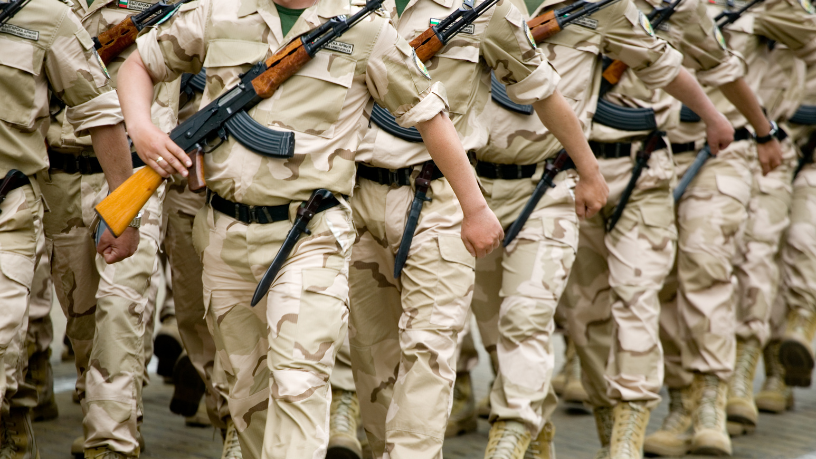President Donald Trump is preparing for a grand military parade this Saturday in Washington, an event celebrating the 250th anniversary of the United States Army and taking place during a moment marked by intense international tensions and political dissent within the country. Donald Trump’s military parade promises to mobilize tanks, troops, and armored vehicles through the streets of the U.S. capital, generating mixed reactions among supporters, critics, and military analysts. After the ceremony, Donald Trump will travel to Canada to attend the G-7 summit, where issues such as international trade and the war in Ukraine will be discussed.
Donald Trump’s military parade, which coincides with his 79th birthday, occurs in a highly polarized political context. Trump’s administration faces accusations of authoritarianism from opponents, who have organized protests in several cities across the country under the slogan “No Kings,” denouncing what they see as overreach and threats to American democracy. While officially framed as a tribute to the armed forces, Donald Trump’s military parade is viewed by many as a politically motivated show of strength.
The organization of Donald Trump’s military parade comes alongside significant international developments. Israel carried out a military strike against nuclear and strategic sites in Iran, labeling it a preemptive attack. Although the U.S. government denies direct involvement, Donald Trump claimed on social media that he had given Iran a 60-day ultimatum to negotiate a nuclear deal with the United States. According to him, the lack of dialogue justified Israel’s military action.
In addition to Donald Trump’s military parade, the president has important engagements scheduled for the coming days. A meeting of the National Security Council is set to respond to the Middle East escalation. The trip to Canada for the G-7 summit will also be a crucial moment for Donald Trump, as he seeks to strengthen his leadership on issues such as international security, trade, and immigration. His presence at the G-7 is highly anticipated, especially given global instability and the criticism he has faced from other world leaders.
Domestically, Donald Trump’s military parade is not without controversy. Thousands of people are expected to protest the event, accusing the president of using the military as a propaganda tool. The deployment of troops for Donald Trump’s military parade has also sparked criticism over the use of public funds and its impact on city operations. Local officials have voiced concerns about security and the potentially aggressive tone of the event.
At the same time, Donald Trump’s military parade serves as a backdrop to his agenda of expanding National Guard involvement in immigration enforcement. The Trump administration is considering increasing the Guard’s role in transportation and surveillance at the border, even though they are not authorized to make arrests. In this sense, Donald Trump’s military parade symbolizes the growing militarization of public policy under his administration, raising concern both inside and outside Congress.
Another factor surrounding Donald Trump’s military parade is the legislative context. A key bill pushed by the president, which includes cuts to social programs and public benefits, is facing strong opposition from state and local legislators. Nearly 900 local officials signed a letter to the Senate urging rejection of the bill, calling it harmful to working families. The unpopularity of the proposal contrasts sharply with the triumphant tone expected at Donald Trump’s military parade.
With Donald Trump’s military parade, the president aims to reinforce his image of leadership and authority at a strategic moment in his second term. However, the combination of geopolitical tensions, domestic protests, and legislative resistance poses serious challenges to his governance. Donald Trump’s military parade will be more than just a commemorative event — it will be a demonstration of how he plans to consolidate power in an increasingly volatile political and international landscape.
Author: Bergezin Vuc







